Silk fabrics have long captivated fashion enthusiasts and interior designers alike with their luxurious allure and timeless elegance. The lustrous sheen, smooth texture, and exceptional drapability of silk make it a coveted choice for various applications. In this article, we aim to educate beginners about the different types of silk fabrics, providing a comprehensive overview of their characteristics, uses, and care tips.
Different Types of Silk Fabrics
Charmeuse
Charmeuse is a lustrous and lightweight silk fabric characterized by its satin-like finish. It is woven with a satin weave, which gives it a glossy front surface and a matte back. This fabric drapes beautifully and has a sensuous feel, making it a favorite for luxurious nightwear, lingerie, and elegant evening gowns.
Charmeuse silk fabric is renowned for its smooth and supple texture, which glides effortlessly over the skin. Its inherent luster adds a touch of sophistication to any garment. Charmeuse is often used to create flowing dresses, blouses, scarves, and even pillowcases that exude an aura of elegance and refinement.
To preserve the beauty of charmeuse silk fabric, it is recommended to hand wash it in lukewarm water with mild silk-friendly detergent. Avoid wringing or twisting the fabric to prevent damage. Instead, gently squeeze out excess water and lay the garment flat to air dry. Iron the fabric on a low setting while it is still slightly damp to maintain its smoothness.
Dupioni
Dupioni silk is known for its distinctive crisp texture and irregular slubbed appearance. It is woven using silk threads from double cocoons or twin silkworms, resulting in a fabric with unique imperfections and variations in thickness. These irregularities give dupioni silk its charming character and make it a preferred choice for formal attire and interior decorations.
The crisp texture of dupioni silk lends a structured and slightly rough feel to the fabric. Its slubbed surface, characterized by thicker, uneven threads, adds depth and visual interest to garments and decor items. Dupioni silk is often used for bridal gowns, tailored suits, evening jackets, draperies, and decorative throw pillows, adding a touch of elegance to any setting.
To maintain the beauty of dupioni silk fabric, it is advisable to dry clean it to avoid any potential damage caused by water. It is essential to store dupioni silk garments properly, ideally in a breathable fabric bag, to prevent creasing and preserve their shape. Iron the fabric on a low heat setting, using a pressing cloth to protect the surface from shine or scorch marks.
Chiffon
Chiffon is a lightweight and sheer silk fabric with a delicate and ethereal quality. It is crafted using a plain weave, resulting in a transparent fabric that drapes beautifully. Chiffon silk is favored for its airy nature and graceful movement, making it an excellent choice for flowy dresses, scarves, and elegant evening wear.
Chiffon silk fabric is prized for its lightness, offering a weightless and romantic feel when worn. Its sheer quality allows for a subtle play of light and adds a touch of sensuality to garments. Chiffon is often used in the creation of bridal gowns, feminine blouses, scarves, and delicate curtains, adding a touch of elegance and gracefulness to any occasion.
When caring for chiffon silk fabric, it is advisable to hand wash it gently in cold water using a mild detergent. Avoid rubbing or scrubbing the fabric to prevent damage. After washing, roll the fabric in a clean towel to remove excess water and then lay it flat to air dry. Iron chiffon on a low heat setting or use a steamer to remove wrinkles, always placing a thin cloth between the fabric and the iron to protect it.
Habotai
Habotai, also known as “China silk,” is a medium-weight silk fabric with a smooth and lustrous finish. It is woven using a plain weave structure, resulting in a fabric that is lightweight yet durable. Habotai silk is widely appreciated for its versatility and is commonly used for both apparel and home decor projects.
Habotai silk fabric strikes a balance between lightness and substance, making it suitable for a range of applications. Its smooth surface has a gentle sheen that adds elegance to various garments, such as blouses, skirts, and lightweight jackets. Habotai is also commonly used for linings, draperies, pillowcases, and delicate craft projects.
To care for habotai silk fabric, it is recommended to hand wash it in lukewarm water using a gentle silk detergent. Avoid soaking the fabric for too long and gently squeeze out excess water without wringing. Lay the garment flat to dry, away from direct sunlight. Use a cool iron on the fabric, preferably with a pressing cloth to protect its surface.
Organza
Organza is a stiff and transparent silk fabric known for its ethereal appearance and crisp texture. It is woven using a plain weave structure, with tightly twisted fibers, resulting in a fabric that holds its shape exceptionally well. Organza silk is highly favored for its elegance and is often used in formal wear, bridal gowns, and decorative accents.
The stiff nature of organza silk fabric gives it a structured and sculptural quality, making it perfect for creating voluminous garments and architectural details. Its transparency adds a touch of delicacy and sophistication to dresses, overlays, veils, and curtains. Organza is also widely used for crafting decorative items such as ribbons, flowers, and table runners.
To care for organza silk fabric, it is advisable to dry clean it to maintain its shape and crispness. When storing organza garments, it is crucial to fold them carefully to prevent crushing or creasing. Iron the fabric on a low heat setting, using a pressing cloth, to remove any wrinkles or creases gently.
Comparing Silk Fabrics
Each type of silk fabric discussed above has its unique characteristics and visual appeal. Charmeuse stands out with its smooth texture and subtle sheen, while dupioni captures attention with its slubbed and crisp surface. Chiffon enchants with its lightweight and sheer properties, and habotai impresses with its medium-weight and smooth finish. Lastly, organza captivates with its stiff yet transparent nature, creating a stunning interplay of light and form.
Silk fabrics differ in their levels of sheen, weight, drape, and breathability, allowing for a diverse range of applications. Charmeuse, with its high sheen and smooth drape, is ideal for creating glamorous evening wear. Dupioni, with its slubbed texture and structured drape, adds character to formal attire and home decor. Chiffon, being lightweight and ethereal, lends itself well to flowing dresses and delicate accents. Habotai’s medium-weight and soft drape make it versatile for various projects, and organza’s stiffness and transparency bring a touch of elegance to formal garments and decorative elements.
Based on their unique properties, each silk fabric type finds its ideal applications. Charmeuse is well-suited for sensual nightwear, elegant evening gowns, and sophisticated accessories. Dupioni shines in formal attire, including bridal wear, tailored suits, and statement decor pieces. Chiffon adds grace and femininity to flowing dresses, ethereal scarves, and delicate curtains. Habotai finds its place in versatile apparel such as blouses, skirts, linings, and draperies. Organza elevates formal wear, overlays, veils, and decorative accents with its stiffness and translucency.
Conclusion
In conclusion, silk fabrics hold an irresistible allure and have been cherished for centuries for their exceptional qualities. Charmeuse, dupioni, chiffon, habotai, and organza each possess unique characteristics that make them desirable in their own right. As beginners explore the world of silk, understanding the distinct properties of these fabrics opens up a myriad of possibilities for fashion and interior design. Embrace the versatility and timeless appeal of silk fabrics, and let your creativity soar as you experiment with different types to bring elegance and sophistication to your creations.
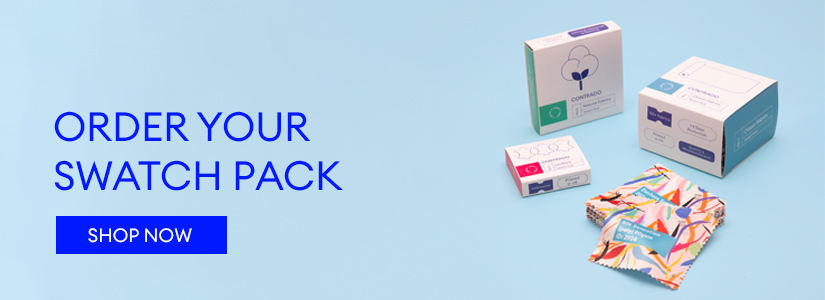

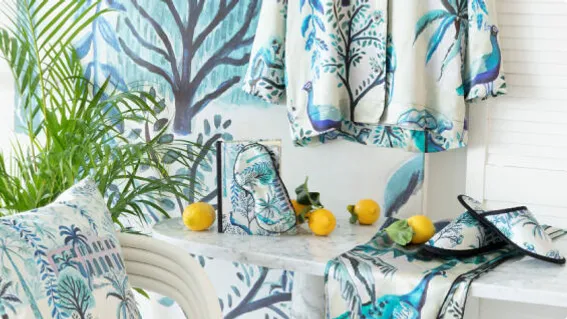
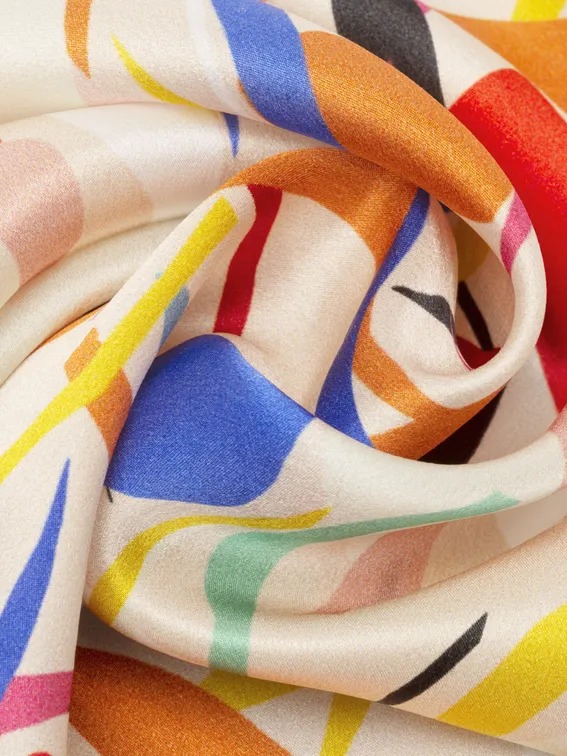
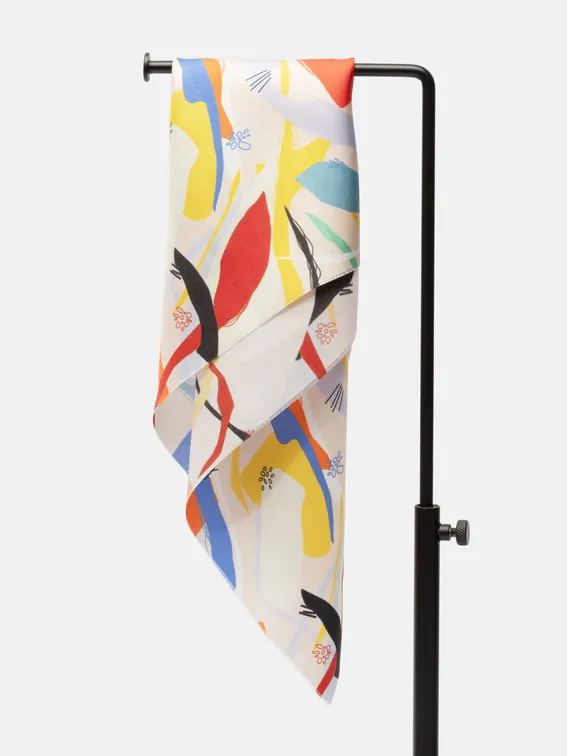
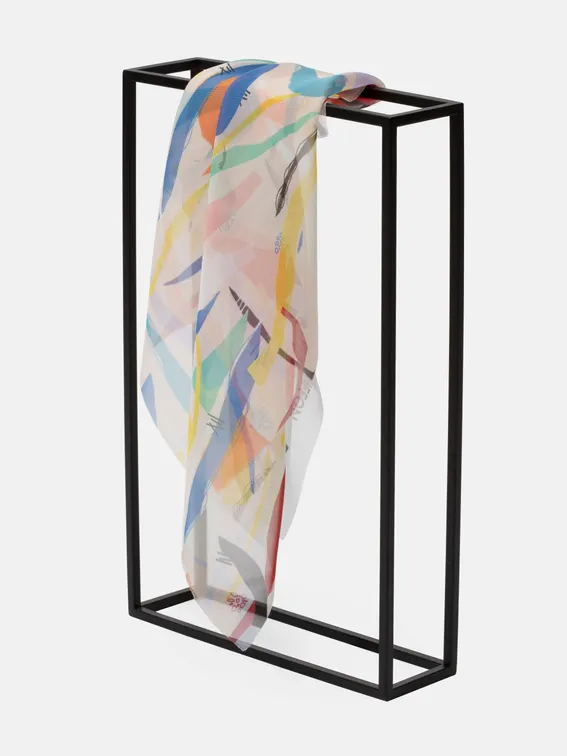
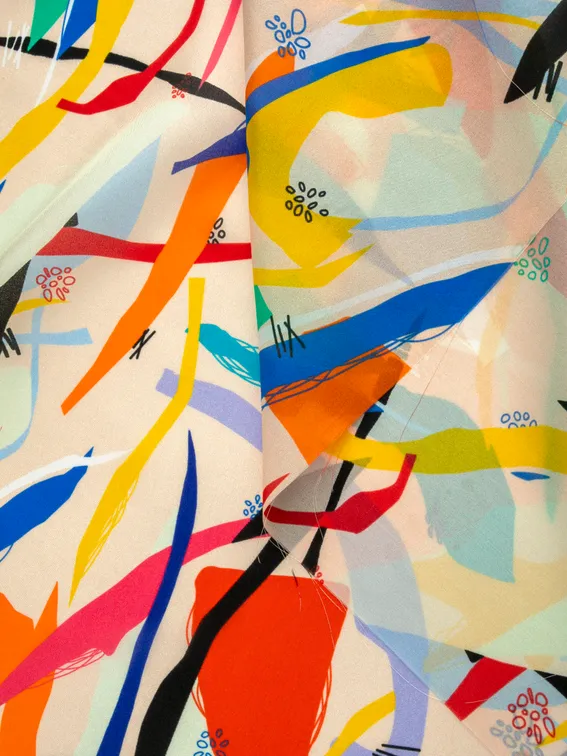
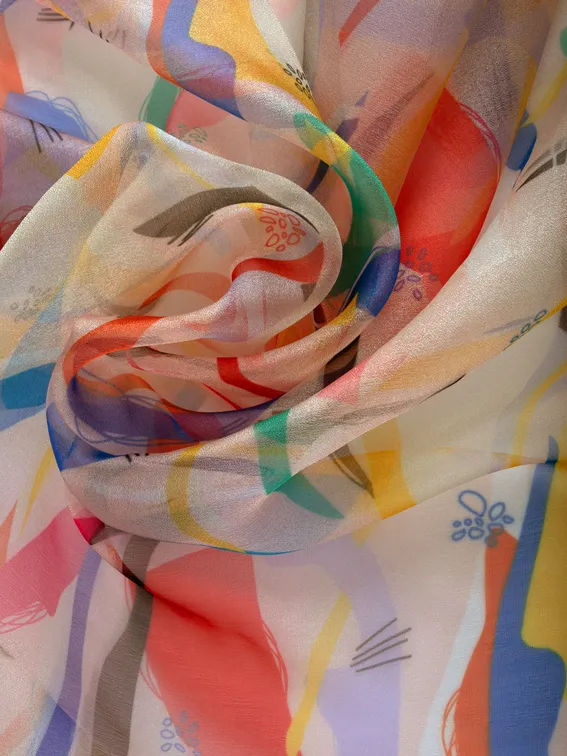
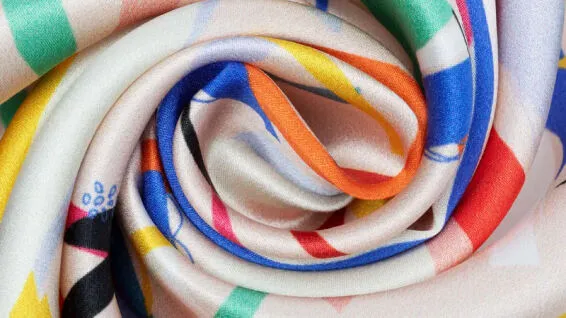
Silk truly is the epitome of elegance and luxury in the world of fabrics. This beginner’s guide is a great starting point to unravel the secrets behind different types of silk fabrics, helping you appreciate their unique qualities and versatility. Dive in and discover the world of silk